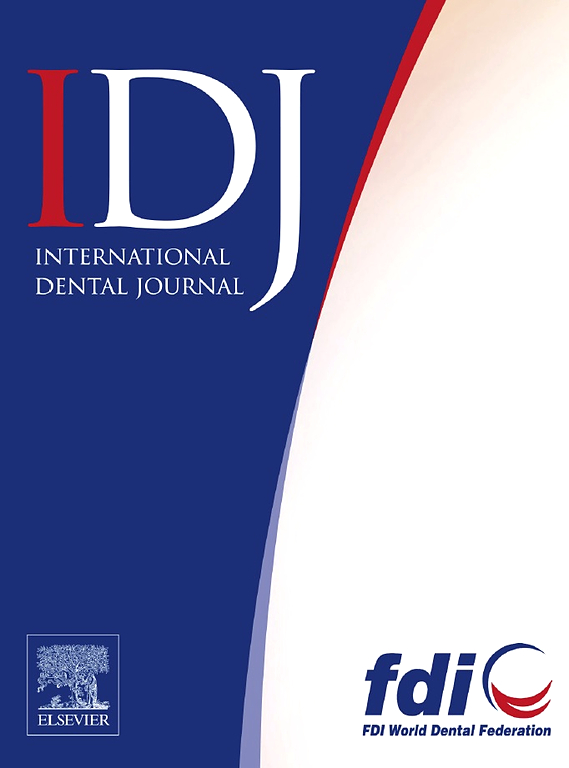Efficacy of Ultrasonic Cleaning Products With Various Disinfection Chemistries on Dental Instruments Contaminated With Bioburden
IF 3.2
3区 医学
Q1 DENTISTRY, ORAL SURGERY & MEDICINE
引用次数: 0
Abstract
Objectives
The effective cleaning of reusable dental instruments that removes organic bioburden is a crucial process in infection prevention and control in dental clinics. Despite widespread use, the parameters affecting the efficacy of ultrasonic cleaning products with different chemistries remain underexplored. In the present study, we comprehensively evaluated the cleaning efficacy of commonly available cleaning detergent products against organic bioburden on dental instruments.
Methods
Thirteen commercially available cleaning detergent products were assessed using Browne STF Load Check Indicators under both static and ultrasonic cleaning conditions at room temperature (25°C) and warm temperature (40°C). Experiments evaluated the effect of product concentration and contact time (1, 5, 10, and 30 minutes), and the economic impact of cleaning detergent dilution. Cleaning efficacy was also tested against artificially soiled dental instruments using ProReveal fluorescence technology.
Results
Significant variability in cleaning efficacy among test products was observed. Optizyme Ultra (6 mL/L), Asepti Multizyme (8 mL/L), and Getinge Enzymatic Plus (20 mL/L) demonstrated superior cleaning performance, particularly when used in ultrasonic cleaners at 40°C. In general, enzymatic products consistently outperformed nonenzymatic products for the removal of organic bioburden. Products performed better with ultrasonic agitation than under static conditions, and optimal results were obtained after 10 minutes exposure time at 40°C.
Conclusion
The present study for the first time provides a comprehensive insight into the role of product selection, optimal concentration, temperature, and cleaning duration in maximising soil removal from dental instruments.
求助全文
约1分钟内获得全文
求助全文
来源期刊

International dental journal
医学-牙科与口腔外科
CiteScore
4.80
自引率
6.10%
发文量
159
审稿时长
63 days
期刊介绍:
The International Dental Journal features peer-reviewed, scientific articles relevant to international oral health issues, as well as practical, informative articles aimed at clinicians.
 求助内容:
求助内容: 应助结果提醒方式:
应助结果提醒方式:


